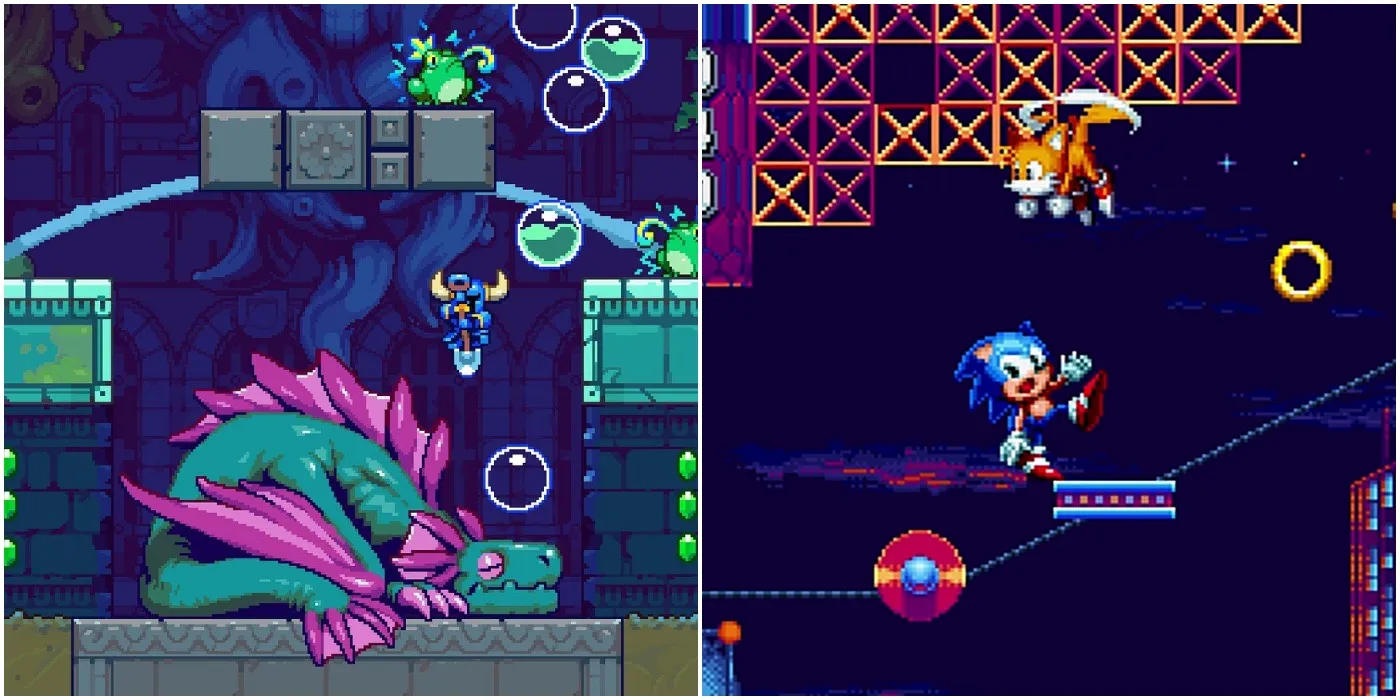
In the world of gaming, inventory systems play a crucial role in enhancing the player’s experience. They provide a way for players to manage their items, equipment, and resources, ultimately affecting how they interact and progress within the game. Over the years, we have seen a significant evolution in inventory systems, particularly in the transition from traditional RPGs to simulation games like The Sims. In this article, we will delve into the evolution of inventory systems, exploring how they have advanced and adapted to meet the changing demands and trends in gaming.
Inventory systems in RPGs:
Role-playing games (RPGs) have long been known for their intricate and expansive inventory systems. Traditionally, RPGs feature an inventory grid where players can organize and store various items such as weapons, armor, potions, and quest items. Players typically have limited inventory space, requiring them to make strategic decisions about what to carry and what to leave behind.
One of the defining features of RPG inventory systems is the concept of weight and encumbrance. Players are often limited by the weight of the items they can carry, forcing them to prioritize what is essential for their journey. Managing inventory space becomes a critical aspect of gameplay, as players must balance the need for resources with the constraints of their carrying capacity.
In addition to managing inventory space, RPGs often incorporate crafting and upgrade systems that allow players to customize and improve their gear. This adds another layer of complexity to the inventory system, as players must consider not only what items to carry but also how to best utilize them to enhance their gameplay experience.

The evolution of inventory systems in RPGs has been driven by advancements in technology and player expectations. As games have become more immersive and detailed, developers have sought to create inventory systems that are intuitive, efficient, and visually appealing. Modern RPGs often feature sleek and user-friendly inventory interfaces that make it easy for players to manage their items and equipment.
Inventory systems in simulation games:
Simulation games, such as The Sims, take a different approach to inventory systems compared to traditional RPGs. In these games, inventory management is less about collecting and organizing items for combat or questing and more about managing the day-to-day needs and activities of virtual characters.
The inventory system in The Sims, for example, revolves around the concept of personal inventories for each sim. Players can store items such as furniture, clothing, and household items in their sim’s personal inventory, allowing them to easily access and use these items as needed. This system reflects the focus of simulation games on creating and managing virtual lives, rather than embarking on epic adventures.
One of the key differences between inventory systems in simulation games and RPGs is the emphasis on realism and immersion. In simulation games, players are often tasked with managing the everyday activities and needs of their virtual characters, requiring them to pay attention to details such as hunger, hygiene, and social interactions. The inventory system plays a crucial role in facilitating these interactions, allowing players to store and access the items their sims need to live their lives.

Another aspect of inventory systems in simulation games is the focus on customization and personalization. Players in games like The Sims can create unique characters, homes, and environments, and the inventory system allows them to populate these spaces with items that reflect their personal style and preferences. This level of customization adds depth and richness to the gameplay experience, as players can tailor their virtual world to suit their tastes.
The evolution of inventory systems in simulation games has been driven by a desire to create more immersive and engaging experiences for players. Developers have worked to streamline and enhance inventory interfaces, making it easier for players to manage their virtual lives and possessions. With advancements in technology, we can expect to see even more sophisticated and dynamic inventory systems in future simulation games.
Conclusion:
The evolution of inventory systems from RPGs to simulation games reflects the changing landscape of gaming and the diverse preferences of players. While RPGs emphasize strategic planning and resource management in the context of epic adventures, simulation games focus on creating and managing virtual lives in detailed and personalized vps minecraft server environments.
Both genres have contributed to the advancement of inventory systems, pushing developers to create interfaces that are intuitive, efficient, and visually appealing. As technology continues to evolve, we can expect to see even more innovation in inventory systems, enhancing the immersive and interactive nature of gaming experiences.
Whether you prefer the strategic challenges of managing inventory in RPGs or the personalization and customization options of simulation games, the evolution of inventory systems has undoubtedly enriched the gaming landscape and provided players with new ways to engage and immerse themselves in virtual worlds.
